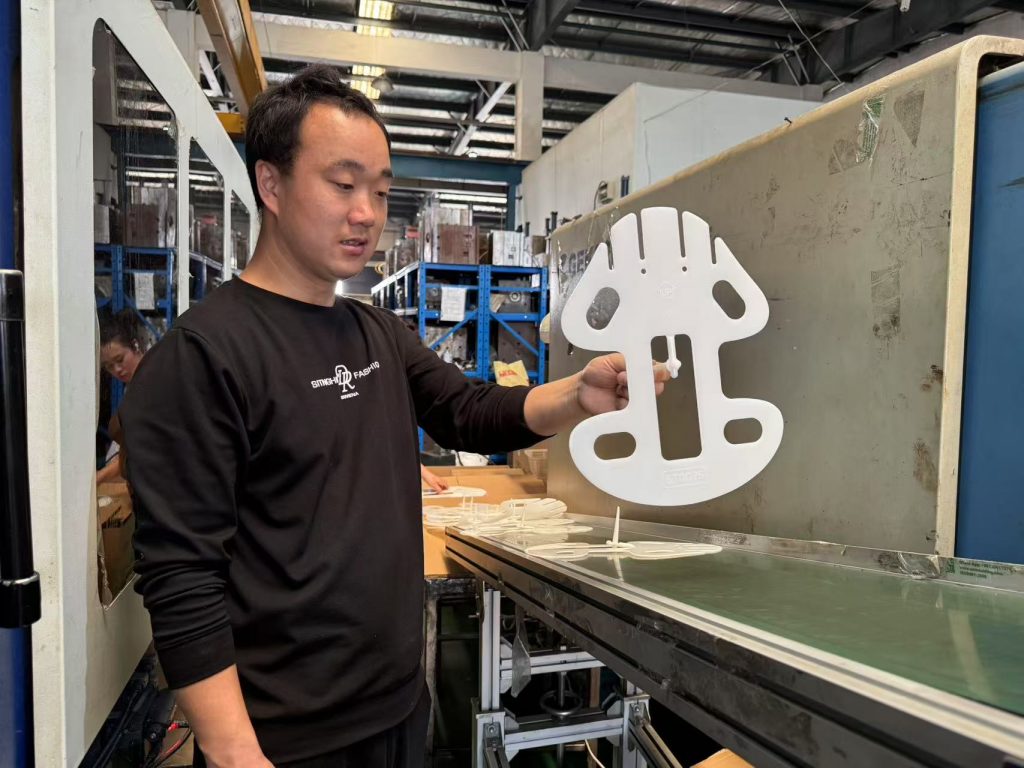Medical plastics are revolutionizing the health care industry. Equipment that has previously been made of steel, ceramic, or glass is now being made of this durable, cost-effective material. There are even several patient treatment methods that now involve medical plastic. Let’s learn more about medical-grade plastics and the incredible advantages they offer the industry.
What Is Medical Grade Plastic?
The term “medical grade” means that the products, whatever they may be, come from a seller who operates under a physician’s license. In the case of a medical plastics manufacturer, this means a medical director is present to supervise and regulate the materials used to fabricate the equipment.
Medical plastic itself is designed to be temperature, chemical, and corrosion-resistant. That way, it can handle frequent sterilization cycles and any other medical or bodily fluids it comes into contact with. Medical grade polypropylene and medical-grade polycarbonate are two common polymers used in several applications, from MRI casings to surgical tools.
With a better understanding of medical-grade plastics in mind, let’s explore a few advantages they have to offer the health care industry.
Compared with ordinary plastics, medical grade plastic is higher
(1) Since most toxic monomers and oligomers. Therefore medical plastics have strict limits on residues of these substances.
(2) Plastic in the polymerization process will inevitably be exposed to the reaction vessel, the metal catalyst, etc. According to the medical plastics national standard, zinc, lead, cadmium, copper, barium, and tin, often contain trace amounts of metal ions. And other metal ions residue situation It is clearly defined.
(3)For medical plastics require a higher purity and narrow molecular weight distribution.
(4) The plastic processing or modification process requires the addition of various additives. Such as the amount of plasticizer in PVC medical products is often as high as 30-60%. Thus requiring far as possible using non-toxic chemicals. To prevent long-term use or reduce the precipitation of additives. So as not to affect product performance and treatment.
(5) According to the requirements of medical plastic. Often need to make products having a hydrophilic surface, and anti-coagulation. Anti-radiation sterilization, and other functions.

Overall, medical grade plastic is a highly versatile and reliable material that plays an important role in modern healthcare. Its biocompatibility, durability, and customizable properties make it an ideal choice for a wide range of medical applications, from surgical instruments to implants and beyond. As technology continues to advance, we can expect to see even more innovative uses for this remarkable material in the years to come.





